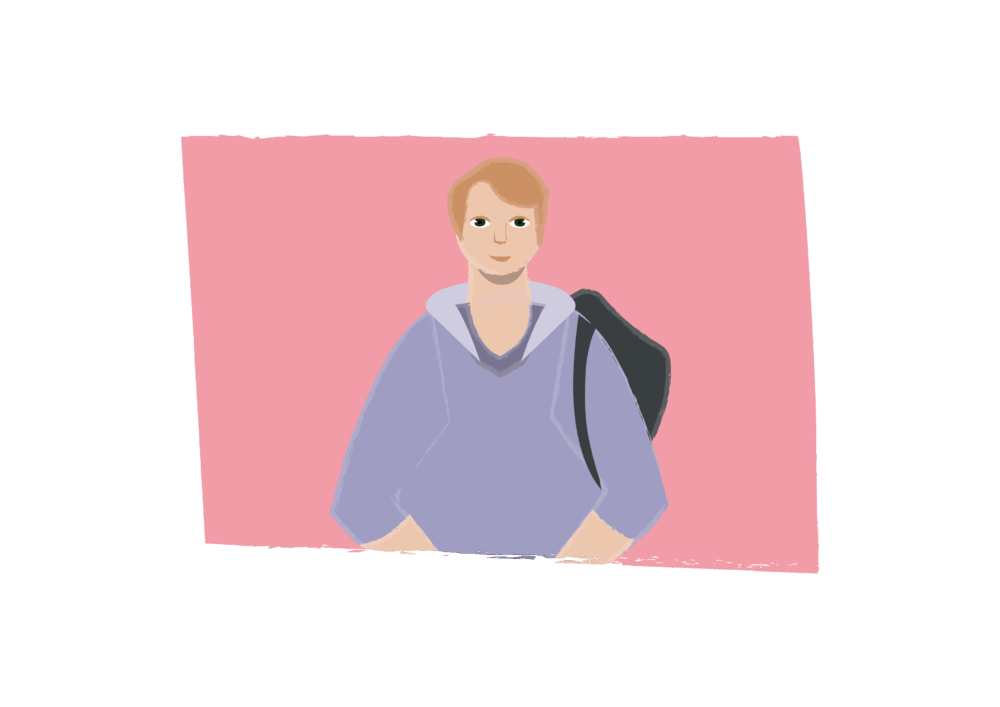You will have an initial resettlement planning meeting in the first 10 days of entering custody.
You should then have regular follow-up meetings to discuss what happens when you’re released. Your resettlement worker should make sure you know when your next meeting will be.
Your Youth Justice Service (YJS) case manager, your resettlement worker, your social worker and your personal advisor (if you have one) should be at these meetings. Your parents or carers should also be invited to join, as well as other people like health workers.
In these meetings, you will agree a plan for when you are released. The plan should include any support you may need to move on with your life, including your education or career goals, your healthcare needs and where you will live. This may be called a resettlement plan or a sentence plan.
You will also discuss whether you will be able to leave custody to go on a short outing or take part in an activity in the community to help you prepare for your release. This might be called release on temporary licence or mobility. It’s only available if you’re in custody on a sentence, not if you’re in custody on remand. Decisions will always consider any risks.
Previous page:
Next page:
